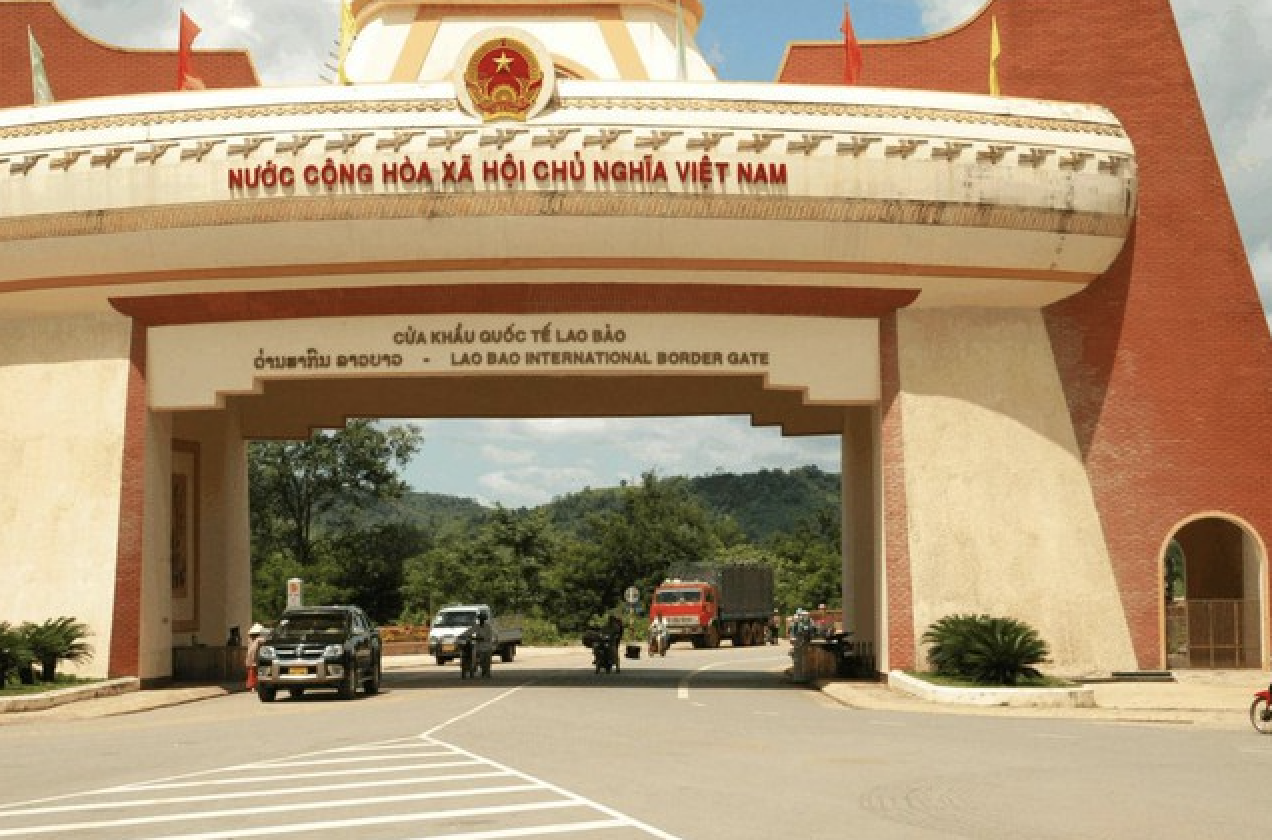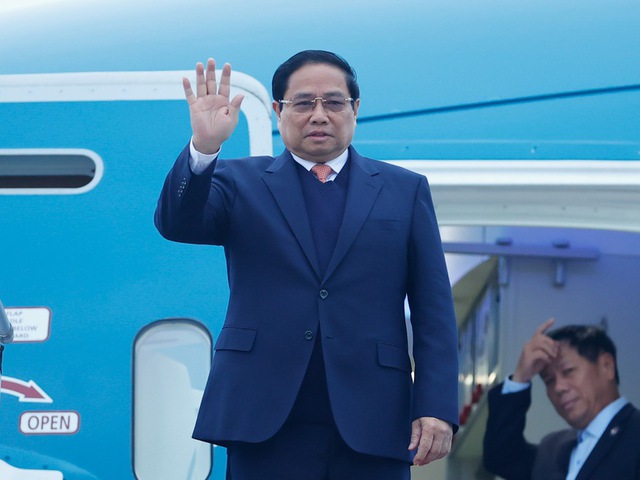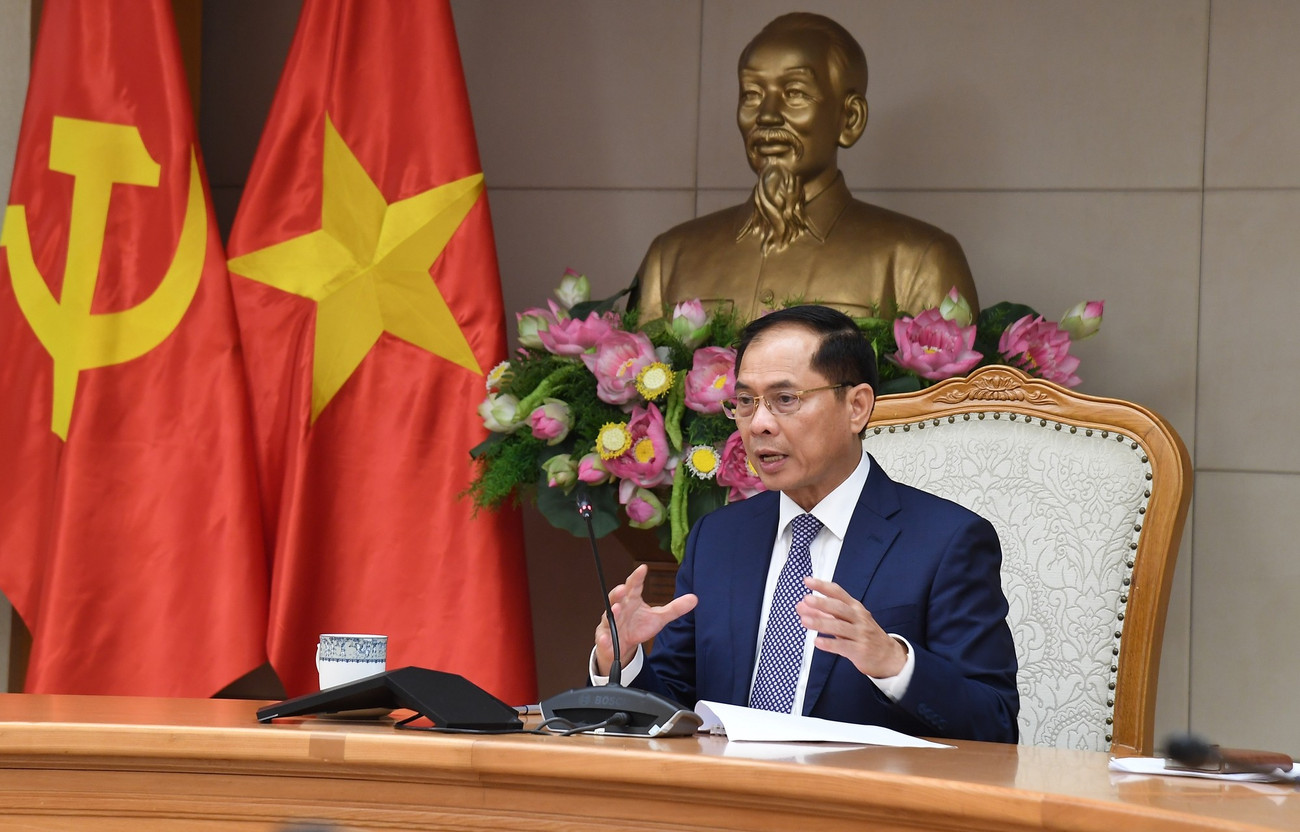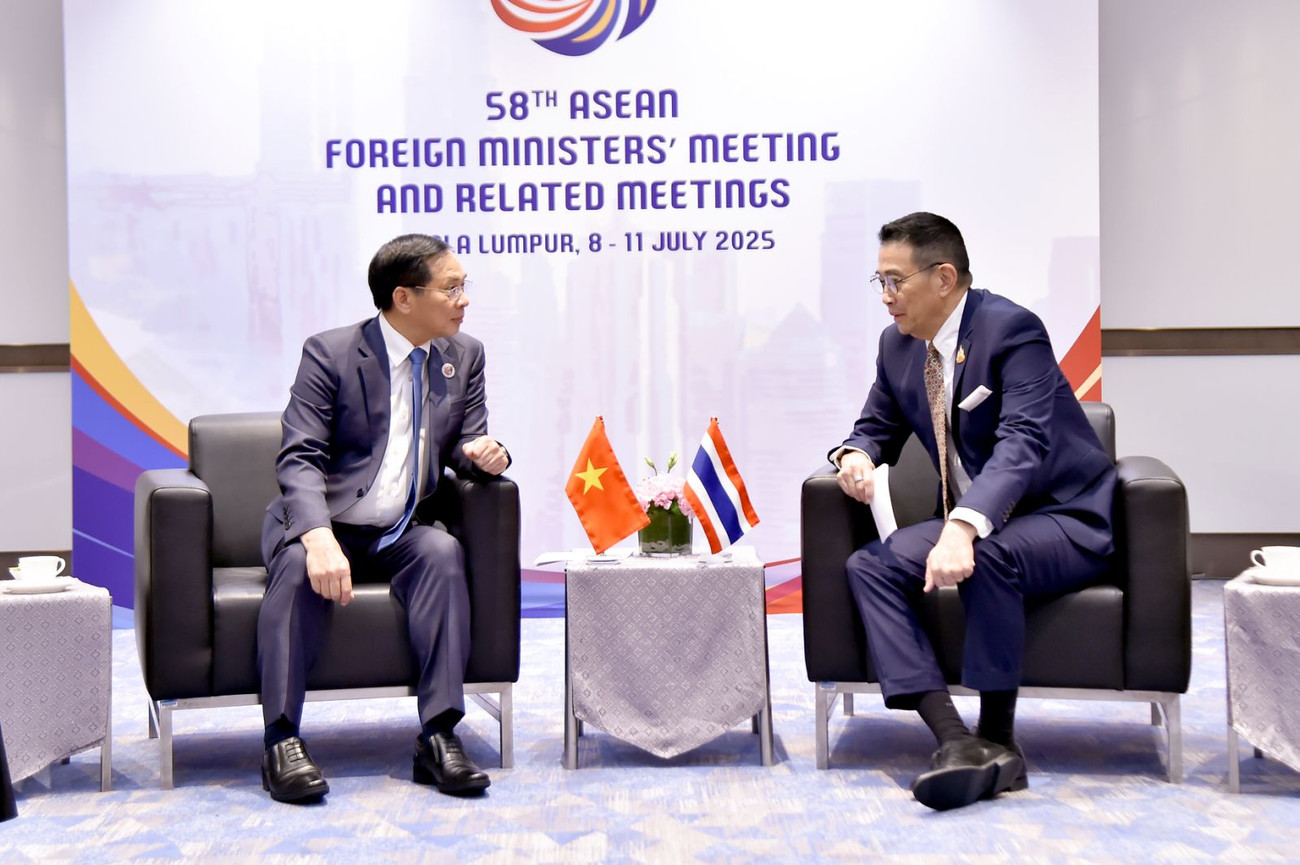MOIT VIETNAM | A Historic Milestone in Vietnam–Laos Trade: Bilateral Relations Surpass Expectations and Open New Chapter
/ News / Activities
A Historic Milestone in Vietnam–Laos Trade: Bilateral Relations Surpass Expectations and Open New Chapter
For the first time in history, economic cooperation between Vietnam and Laos has reached an unprecedented peak, marking a turning point in the strategic and multifaceted partnership between the two nations. With deep historical ties, a shared land border, and robust cooperation frameworks, Vietnam and Laos are now celebrating a remarkable breakthrough in trade relations—one that not only exceeded long-standing expectations but also sets the stage for stronger collaboration in the years to come.
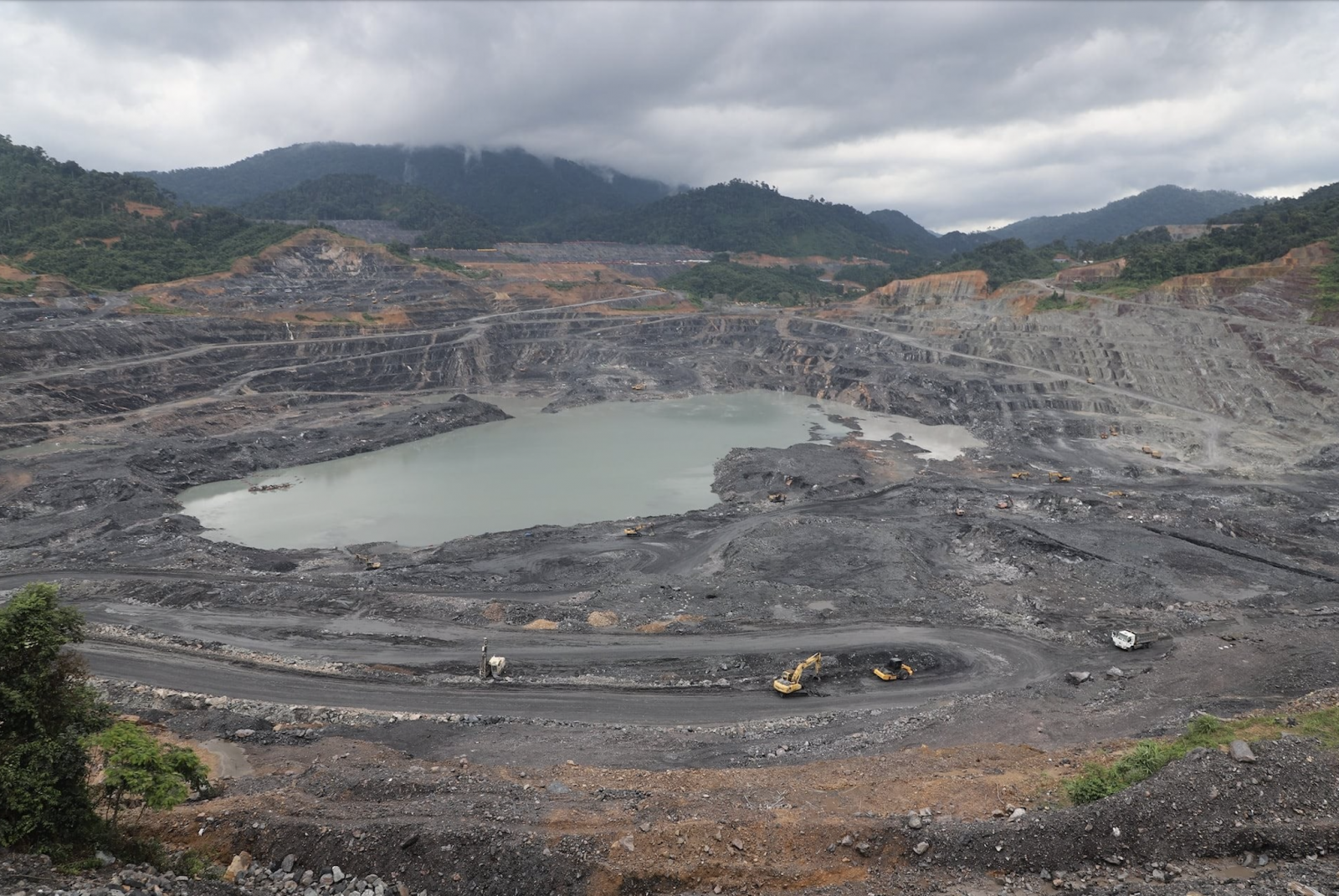
Border Trade: The Backbone of Economic Partnership
Vietnam and Laos share a land border stretching 2,337 kilometers, encompassing 9 international border gates, 6 main border checkpoints, and 18 auxiliary ones. These gateways are not just lines on a map—they are arteries of commerce and people-to-people connection. Border trade has consistently played a vital role in the economic partnership between the two countries, accounting for up to 90% of their total trade value.
In recent years, border trade has evolved significantly. From 2010 to 2023, bilateral commerce between Vietnam and Laos experienced strong and consistent growth. Vietnam has continuously ranked among Laos’s top three trading partners, with bilateral trade surpassing the $1 billion mark and maintaining an annual average of $1.084 billion, growing at an average rate of 12% per year.
By 2022, two-way trade had reached $1.65 billion—a 24.1% increase from 2021. In 2023, the figure climbed to $1.7 billion, and both governments had set an ambitious goal of reaching $2 billion by 2025.
A Goal Surpassed Ahead of Schedule
However, this target was achieved earlier than anticipated. During a recent reception of the Ambassador of the Lao People’s Democratic Republic to Vietnam, Minister of Industry and Trade Nguyễn Hồng Diên announced that bilateral trade in 2024 is projected to reach approximately $2.2 billion—an increase of nearly 34% from 2023. This is the first time in history that Vietnam–Laos trade has surpassed the $2 billion mark, far exceeding the target set by both governments.
This achievement is not just symbolic. It represents the tangible results of years of effort, investment, and policy coordination between the two countries. It also reflects the effectiveness of the current cooperation frameworks and the strategic vision shared by both nations in elevating their partnership to new heights.
Energy and Mineral Cooperation: A Strategic Pillar
Alongside trade, cooperation in energy and mining continues to be a cornerstone of the Vietnam–Laos economic relationship. Minister Nguyễn Hồng Diên underscored the strategic importance of these two sectors, noting their potential not only for bilateral growth but also for regional development.
In 2024, trade in coal and electricity between the two countries yielded remarkable results. Vietnam’s import of electricity and coal from Laos is not just an energy solution—it also supports Laos in fully realizing its resource potential. This symbiotic cooperation contributes to both countries' socio-economic development goals and reflects a shared commitment to sustainable growth.
The two sides reaffirmed their intention to deepen cooperation in these sectors through strategic planning, long-term investment, and synchronized policies. This joint effort will enhance energy security, promote renewable sources, and expand the scope of bilateral industrial cooperation.
Removing Barriers to Connectivity and Competitiveness
Despite this impressive progress, leaders and experts acknowledge that there are still obstacles to be addressed—especially in infrastructure and logistics. The Vietnamese Trade Office in Laos has proposed a number of initiatives to unlock the full potential of the bilateral relationship.
These include accelerating the development of the Hanoi–Vientiane expressway, upgrading National Highway 8, and expediting the Vũng Áng–Vientiane railway project. These projects are not merely infrastructural—they are game-changers that could reduce transportation costs, enhance supply chain efficiency, and make Vietnamese goods more competitive in the Lao market.
Furthermore, the Trade Office has urged both governments to introduce more favorable policies that encourage Vietnamese businesses to invest in distribution networks across Lao provinces. Proposals include the construction of border markets, logistics centers, wholesale trade hubs, and commercial storage facilities in border economic zones to streamline trade and enhance accessibility of Vietnamese products in Laos.
Vietnam: The Leading Foreign Investor in Laos
Vietnam is currently the largest outbound investor in Laos among the 80 countries and territories where Vietnamese businesses operate. According to the Lao Ministry of Planning and Investment, as of December 2024, Vietnam has invested in 417 projects in Laos, with a total registered capital exceeding $4.9 billion—of which $4.6 billion are fully Vietnamese-owned.
Key sectors attracting Vietnamese investment include:
- Agriculture: $680 million
- Hydropower and energy: $980 million
- Mineral mining: $1 billion
- Other services: $2 billion
This investment portfolio reflects Vietnam’s long-term strategic approach in Laos—focusing on sustainability, resource efficiency, and mutual benefit.
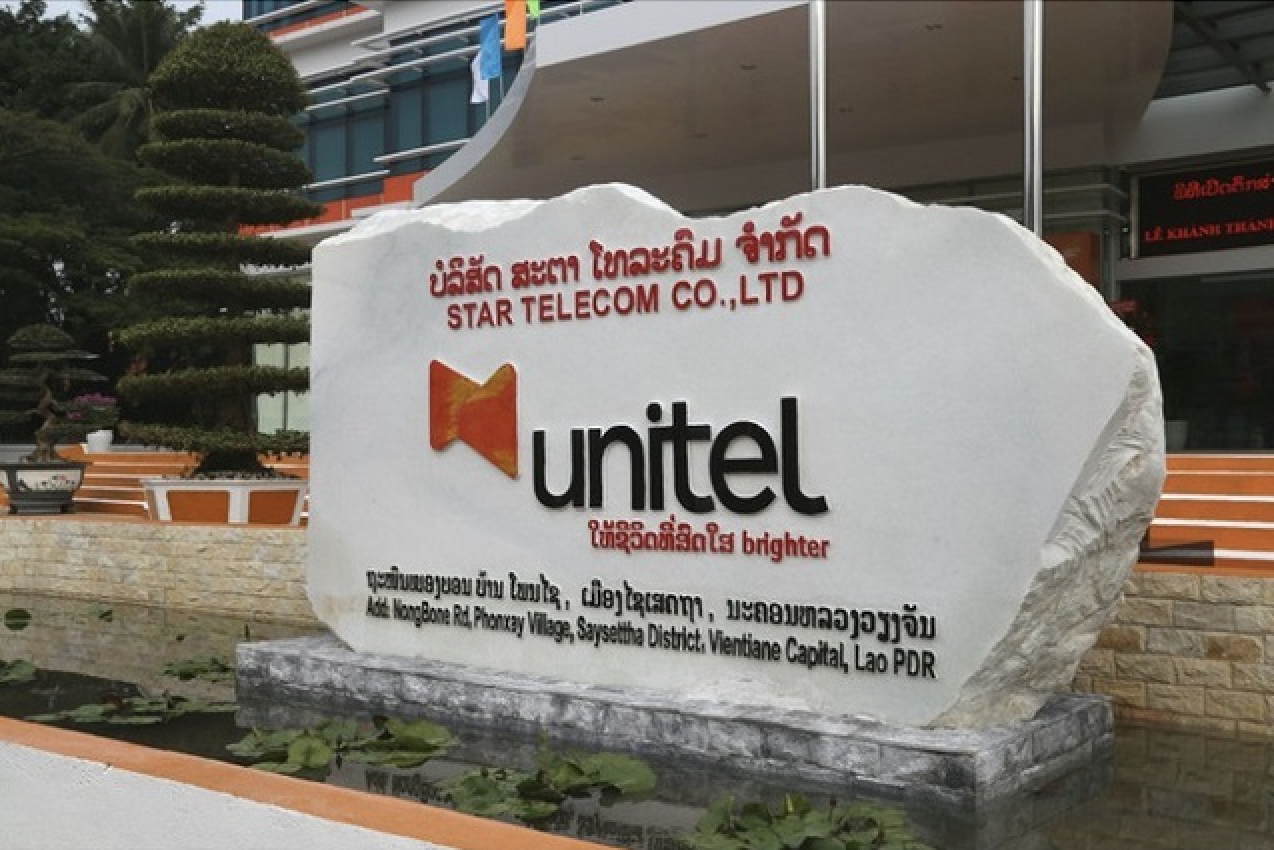
Sectors Prioritized by Laos for Investment
Mr. Vansy Kuamua, Lao Deputy Minister of Information, Culture, and Tourism, reaffirmed that Vietnam continues to be Laos’s most trusted partner in economic development. He also highlighted nine key sectors prioritized by the Lao government under its Investment Promotion Law:
- Clean agriculture and industrial crops
- Forestry development and biodiversity conservation
- Agro-processing and environmentally friendly manufacturing
- Production for import substitution and export
- Healthcare
- Education and sports
- Research, science, and technological innovation for environmental protection
- Cultural, ecological, and historical tourism
- Infrastructure development and logistics, particularly in special economic zones
Investors in these sectors are entitled to generous incentives, including:
- Exemptions from corporate income tax
- Waivers on state land lease rights
- Import tax exemptions on essential materials, machinery, and non-domestically available equipment used in production
Additionally, companies investing in special economic zones (SEZs) will enjoy supplementary incentives, fostering a more attractive investment environment.
Looking Ahead: A New Era of Strategic Collaboration
The year 2024 has become a historic milestone in Vietnam–Laos relations. The two countries have not only met—but exceeded—their most ambitious trade goals, and laid the foundation for an even more interconnected and prosperous future.
With clear investment priorities, robust bilateral frameworks, and unwavering political will, the Vietnam–Laos partnership is poised to enter a new era. As the two nations work hand-in-hand to deepen economic, industrial, and energy cooperation, the relationship serves as a powerful model of how shared geography, shared history, and shared values can be transformed into shared prosperity.
-
/ News / Activities
Prime Minister Pham Minh Chinh’s Strategic Visit to Laos Marks New Chapter in Bilateral Relations
Prime Minister Pham Minh Chinh’s official visit to the Lao People’s Democratic Republic and his co-chairmanship of the 47th meeting of the Vietnam–...
-
/ News
Deepening Cooperation, Strengthening Regional Unity
On the afternoon of July 28, 2025, at the Government Headquarters in Hanoi, Deputy Prime Minister and Minister of Foreign Affairs of Vietnam, Mr. B...
-
/ News / Activities
Vietnam and Laos Accelerate Toward Deeper Regional Integration and Unprecedented Trade Growth
In an era where regional connectivity and economic resilience are critical pillars for national development, Vietnam and Laos are emerging as a mod...



